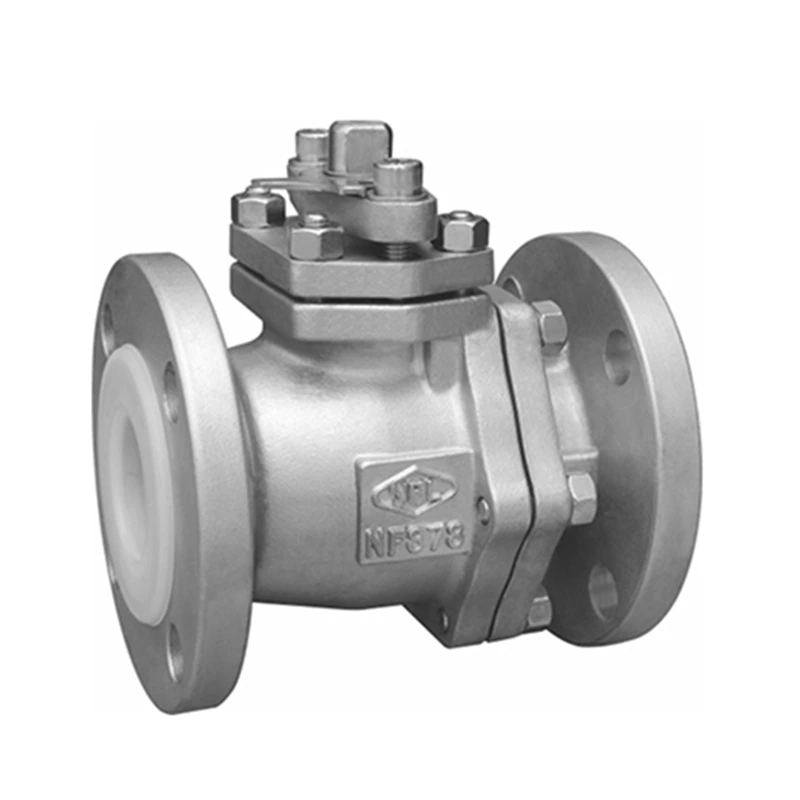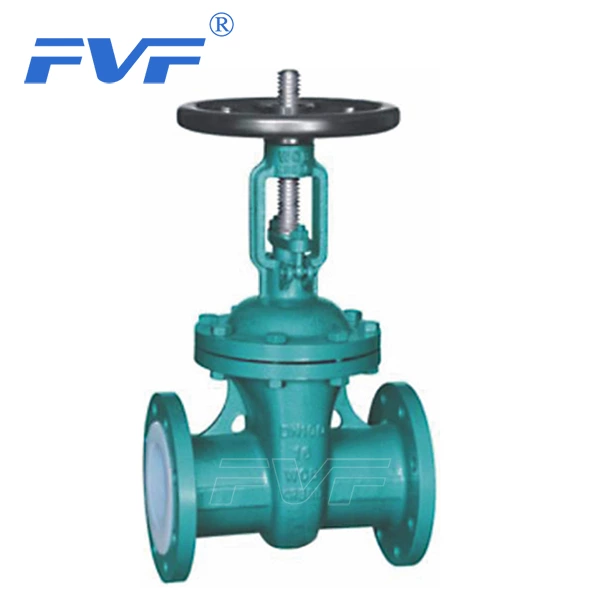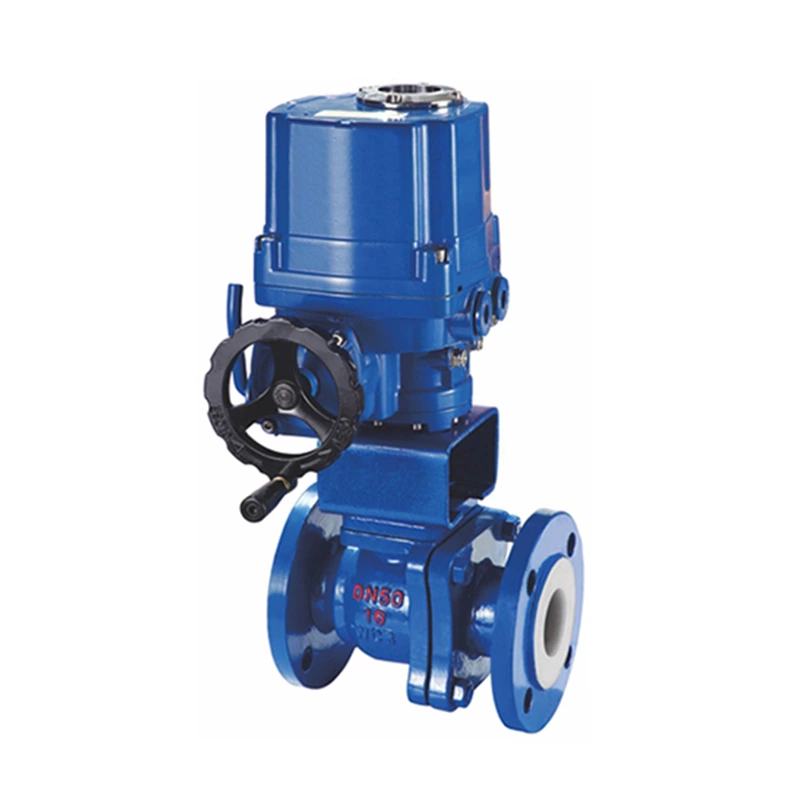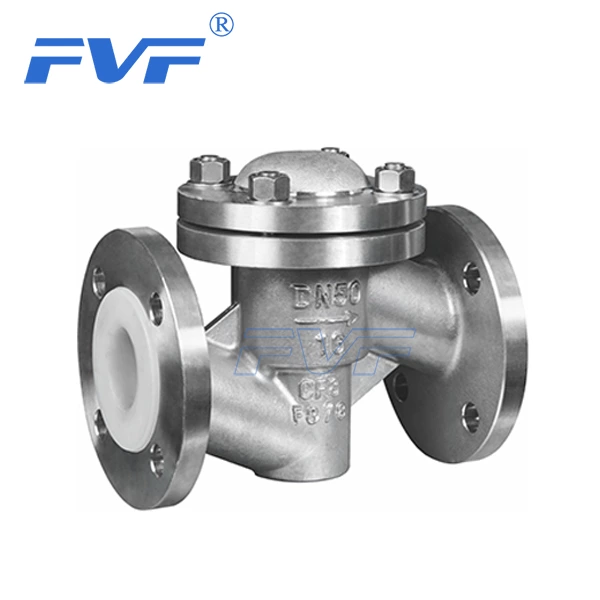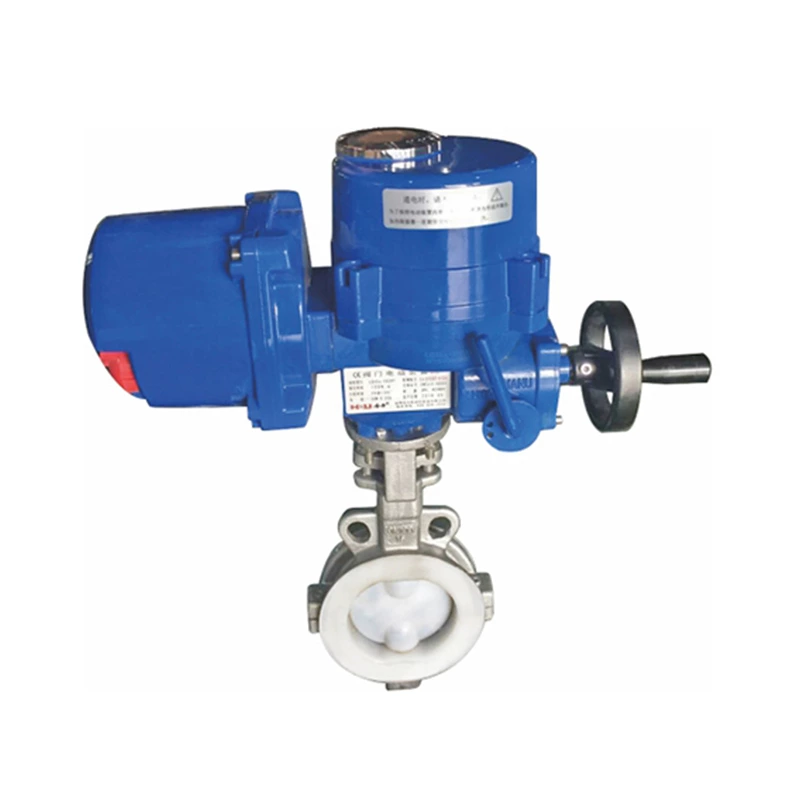Definition Of Common And Commonly Used Valves
Lined Valve is a control component in the fluid conveying system, which has the functions of shutoff, regulation, diversion, backflow prevention, pressure stabilization, diversion or overflow pressure relief. The valves used in fluid control systems have a wide variety of varieties and specifications, from the simplest shutoff valve to the various valves used in extremely complex automatic control systems. Valves can be used to control the flow of various types of fluids such as air, water, steam, various corrosive media, mud, oil, liquid metal and radioactive media.
Valves are devices used to control the direction, pressure and flow of fluids in fluid systems. Valves are devices that make the medium (liquid, gas, powder) in pipes and equipment flow or stop and can control its flow. Valves are control components in pipeline fluid conveying systems. They are used to change the cross-section of the passage and the flow direction of the medium, and have the functions of diversion, shutoff, throttling, check, diversion or overflow pressure relief. Valves used for fluid control come in a wide variety of varieties and specifications, from the simplest stop valves to various valves used in extremely complex automatic control systems. The nominal diameter of valves ranges from extremely small instrument valves to valves for industrial pipelines with a diameter of 10m. Valves can be used to control the flow of various types of fluids such as water, steam, oil, gas, mud, various corrosive media, liquid metals and radioactive fluids. The working pressure of valves can range from 0.0013MPa to ultra-high pressure of 1000MPa, and the working temperature ranges from ultra-low temperature of -269℃ to high temperature of 1430℃. The control of the valve can adopt a variety of transmission methods, such as manual, electric, hydraulic, pneumatic, turbine, electromagnetic, electromagnetic hydraulic, electro-hydraulic, gas-hydraulic, spur gear, bevel gear drive, etc.; it can act according to predetermined requirements under the action of pressure, temperature or other forms of sensor signals, or simply open or close without relying on sensor signals. The valve relies on a drive or automatic mechanism to make the opening and closing parts move up and down, slide, swing or rotate, thereby changing the size of its flow area to achieve its control function.
